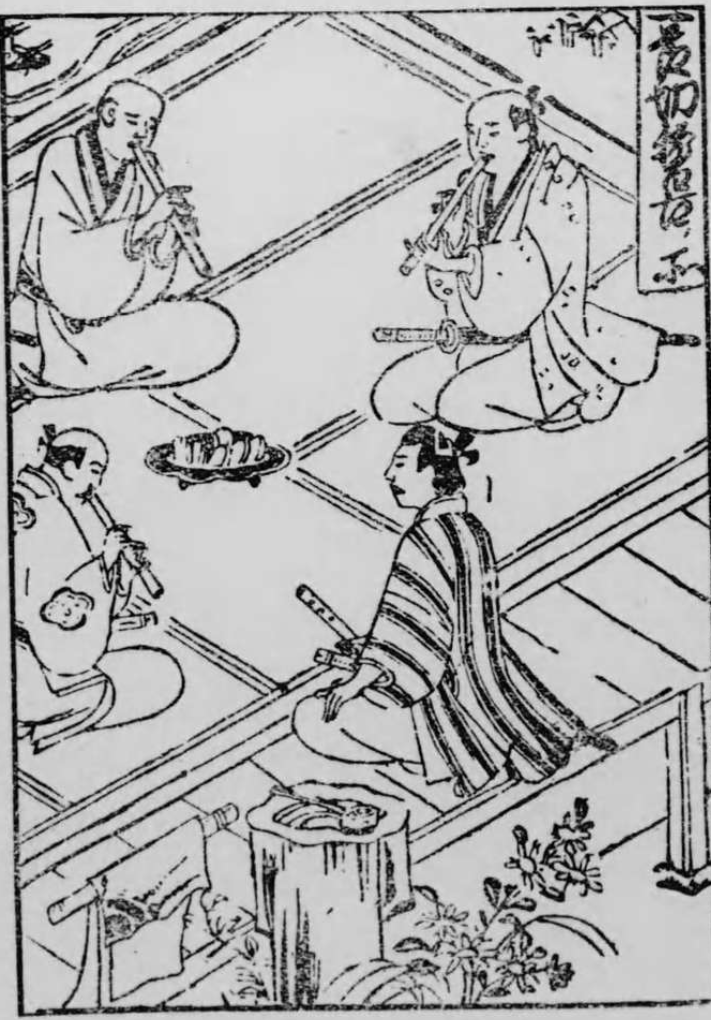Hitoyogiri Lessons, flute for lessons
Hitoyogiri Lessons
Hitoyogiri lessons are conducted in a group setting using Zoom. They are all conducted using a standard Oshiki hitoyogiri (you can order one below). The classical hitoyogiri repertoire dates back at least to the late 1400's, and likely several hundred years before that as well. It is divided into five modes that span the seasons; as such, hitoyogiri courses are conducted during their corresponding seasons. Oshiki, the Summer mode, should be taken before the others; the remaining courses can be taken in any order you prefer. At times, I offer an additional Oshiki course out-of-season during the winter, for those who want to get started. Each course includes twelve weekly lessons with each session lasting from 45 minutes to one hour, including time for questions, advice, and sharing playing at the end.
Upon signing up, you'll get an email with Zoom links for joining the live sessions, and information on the upcoming course dates.
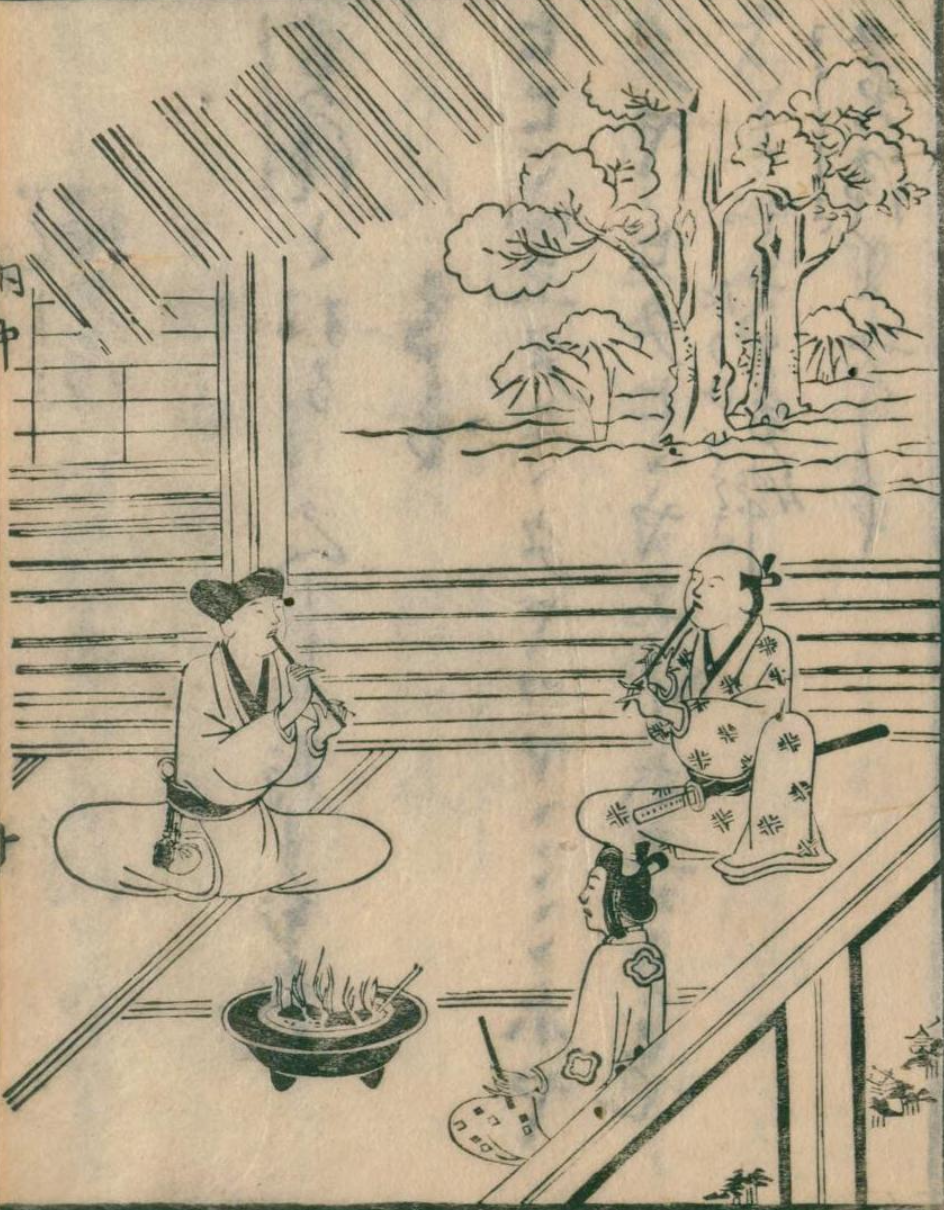
"Onmyo" Hitoyogiri
This is the flute that we use in hitoyogiri lessons. Bamboo flutes can differ in they way they play and respond; this hitoyogiri was designed based on the dimensions and playability of the best historical models, so that everyone participating has an instrument that is able to play all of the classical pieces - not to mention that having the same flute makes it easier to give accurate playing advice. The flute is also designed to be relatively easy to adapt to for those who already play shakuhachi, though this is not a prerequisite for learning.
Each flute is printed using engineering resin that is tough and can withstand high temperatures, so you can bring the flute with you anywhere without worrying about it - if you leave it in a hot car, it won't explode like bamboo would. It is coated with an urushi-like lacquer made from the sap of the cashew tree. (If you have cashew nut allergies, please let me know and I'll use something else on yours.) It is layered on like urushi, then polished and given a pure gold (24kt) maki-e that reads "Onmyo."
"On" is a reading of the character for Monkey; "Myo" is an animal's call or cry. "The cry of the monkey" is a reference to the mythical beginnings of the hitoyogiri. A group of hippies in ancient China had noticed that the ethereal cry of a certain golden monkey had the effect of banishing worldly desires and pointing them toward the truth. They started a mountain-dwelling community, with many leaving their government jobs to join. The governor was upset by this, and had the monkey killed. On the anniversary of its death, they exhumed its body. As the wind hit the humerus bone, it made a sound not unlike the monkey's cry. Someone opened some holes in the bone until the pitch was just right, and thus was born the hitoyogiri (then simply called "shakuhachi") - a flute whose sound is meant not for entertainment, but for elevating your consciousness.
While this may be considered a "student" flute, it is made with care and plays like the best. My friend Shawn Head has even made this his primary hitoyogiri, as he has joined classes and contributed invaluable insight into the broader historical context of the flute.
The price is $475, which includes a bag as well as international shipping.
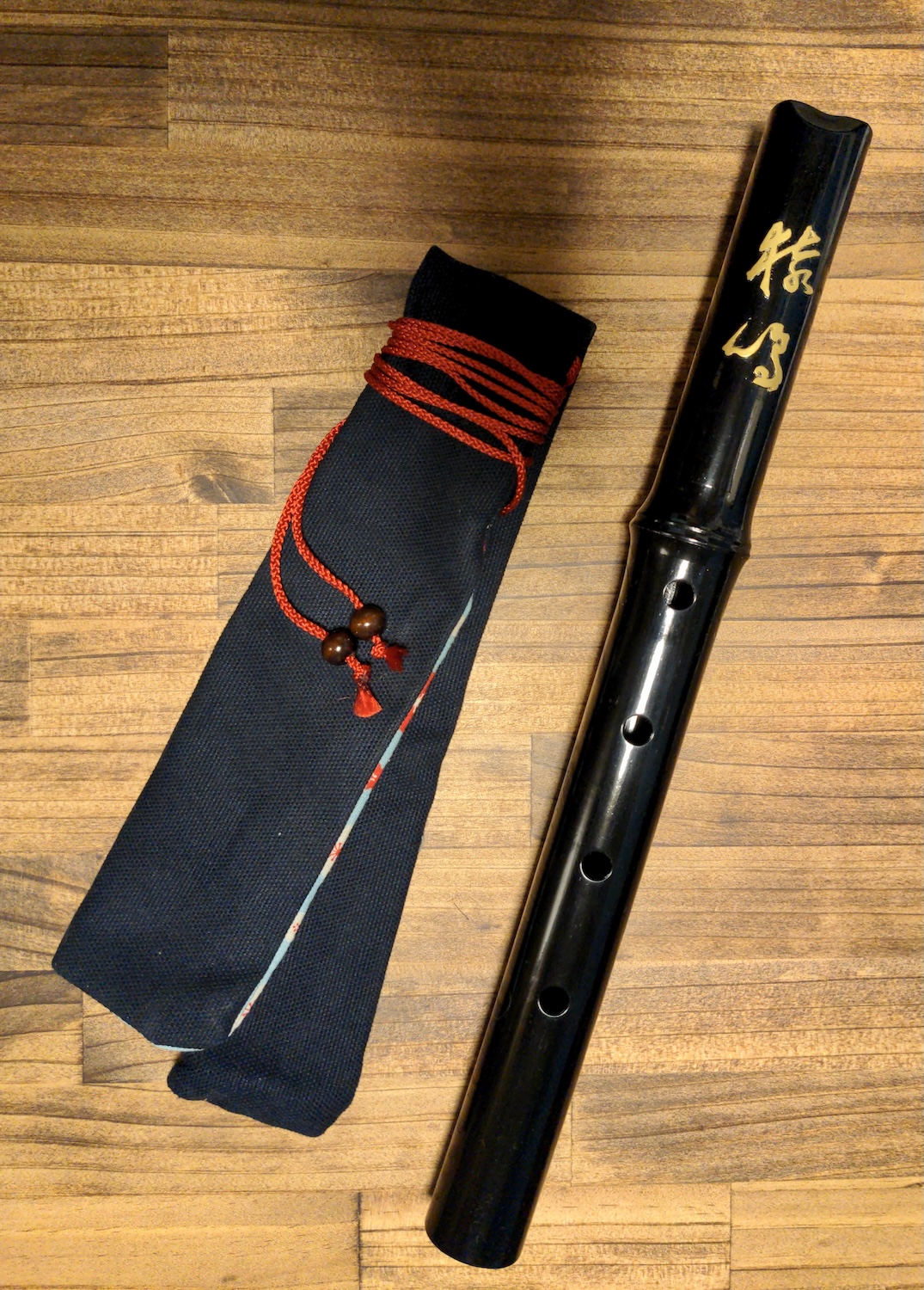
Hitoyogiri Beginnings: Oshiki, the Summer mode (July - September)
Everyone starts here. The Oshiki class covers all of the pieces in the Summer mode, as well as the basics of playing, including techniques specific to hitoyogiri - this gives you a solid foundation for the other modes as well. Most pieces also include some historical notes about who wrote them, where they came from, etc. You'll receive materials each week via email with the pieces we'll be learning as well as translations from playing manuals dating back to around 1600.
Lessons are held at 5:00 am Japan time every Monday (i.e., Sunday evening for those in the U.S., for example), and high-resolution videos of each lesson are provided (via youtube) for those who aren't able to attend live, or want to review afterwards.
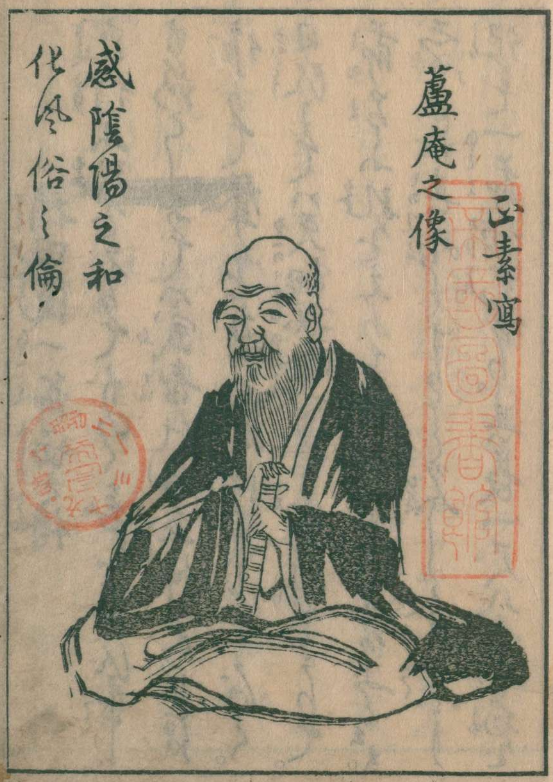
Sojo, the Spring mode (April - June)
In the Sojo class, we learn the vibrant, blossoming pieces of the Spring mode. As we get used to the different tones of this mode, we also dive more into historical playing techniques as well as the personalities that recorded them; we'll read through passages from Samurai diaries, and learn about Omori Sokun, a maker and player who gifted us in the present with much of the historical material that we use to learn from. Prerequisites: Take the Oshiki class first.
Lessons are held at 5:00 am Japan time every Monday (i.e., Sunday evening for those in the U.S., for example), and high-resolution videos of each lesson are provided (via youtube) for those who aren't able to attend live, or want to review afterwards.

Hyojo, the Autumn mode, and Ichikotsu (September - December)
This class combines two smaller repertoires, those of Hyojo, the Autumn mode, and those of Ichikotsu, the Doyo mode. Doyo refers to the first two weeks of each season, and is played as a "grounding" or transitional mode between each season. In addition to learning the pieces, we also touch on the faith and philosophy of many hitoyogiri players, who were primarily Zen afficionados and Pure Land Buddhists, using Zen encounter dialogues and some of the writings of Shinran. The Autumn mode brings to mind an image of wind and moon. Prerequisites: Take the Oshiki class first.
Lessons are held at 5:00 am Japan time every Monday (i.e., Sunday evening for those in the U.S., for example), and high-resolution videos of each lesson are provided (via youtube) for those who aren't able to attend live, or want to review afterwards.

Banshiki, the Winter mode (January - March)
Banshiki is played in the Winter, and includes some familiar-sounding pieces as well as some very unique ones. This mode provides a time for contemplation and reflection, but at the same time looks forward to Spring, like the feeling of seeds under the soil taking nutrients and getting ready to grow. In this mode, we also play a piece attributed to Ikkyu (though no one knows for sure), "Murasaki no kyoku." We also touch on the Taoist philosophy that influenced the pieces themselves, and consider some tanka poems written by our school's ancient founder, Sosa - which poems comprise what may be the oldest existing shakuhachi advice that we have available. Prerequisites: Take the Oshiki class first.
Lessons are held at 5:00 am Japan time every Monday (i.e., Sunday evening for those in the U.S., for example), and high-resolution videos of each lesson are provided (via youtube) for those who aren't able to attend live, or want to review afterwards.
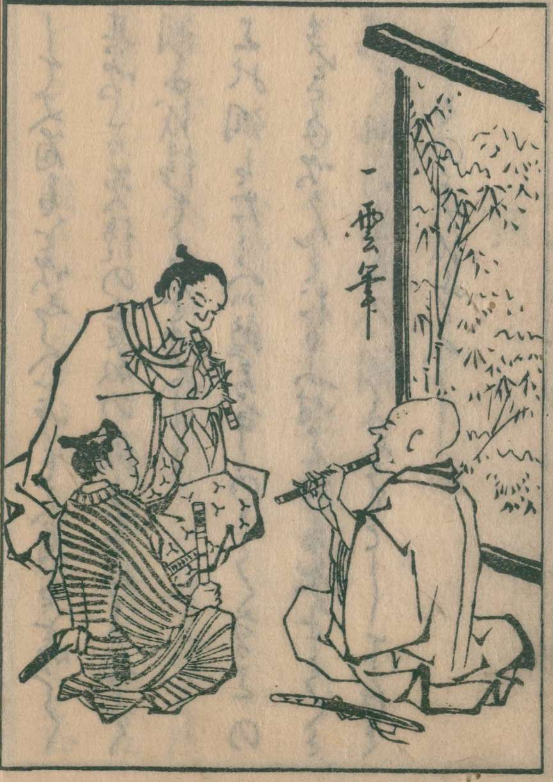
Hitoyogiri Master Class (Monthly Subscription)
Once you've taken the full year of introductory classes, this serves as support to deepen and extend your practice over the cycles of seasons throughout the years. The Master Class consists of weekly videos, created new each time, practicing the pieces in season, as well as one live session per month, which gives us an opportunity to share experiences, get playing advice, ask questions, etc. We will also occasionally work on new topics or learn additional pieces during these sessions. As usual, a video will be provided for the live sessions as well. Prerequisites: Complete Oshiki, Sojo, Hyojo, and Banshiki.
